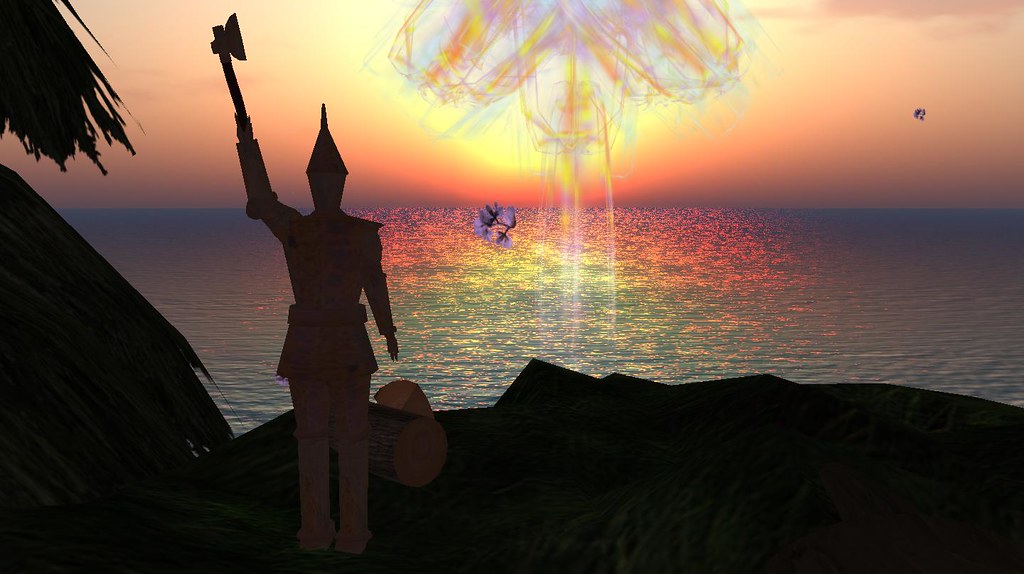
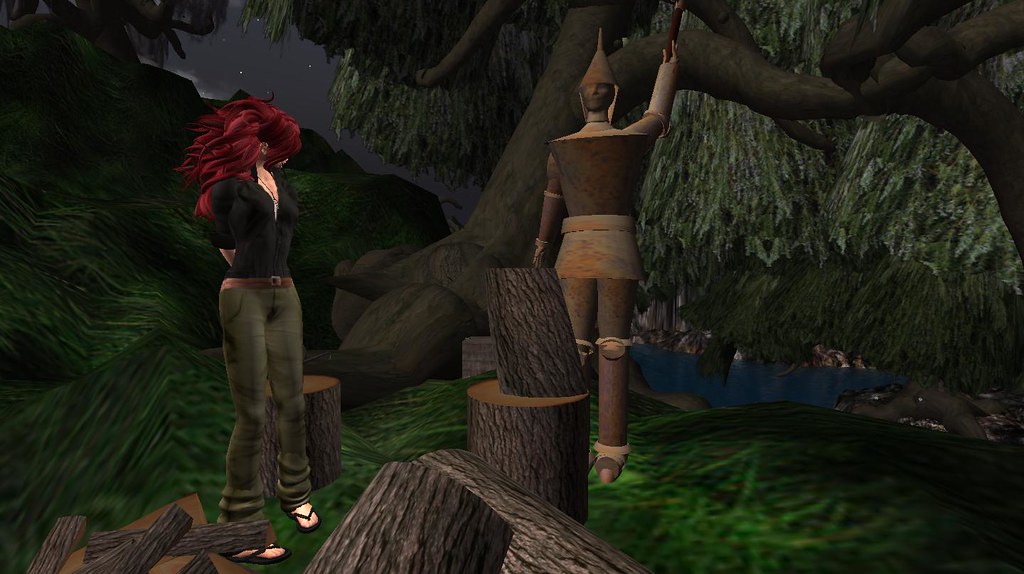
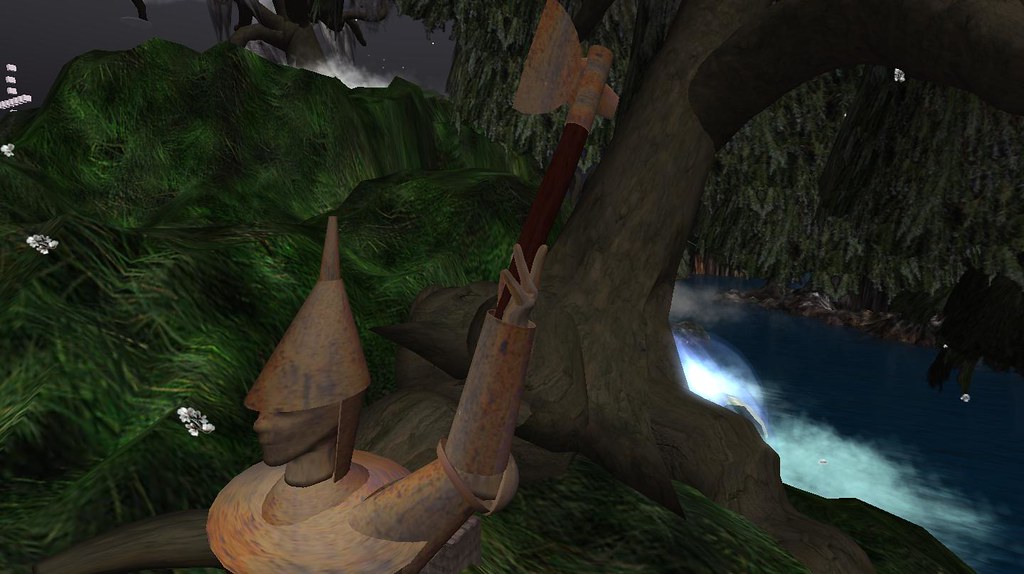
Eryri (slurl)
Lovers Lane Studios
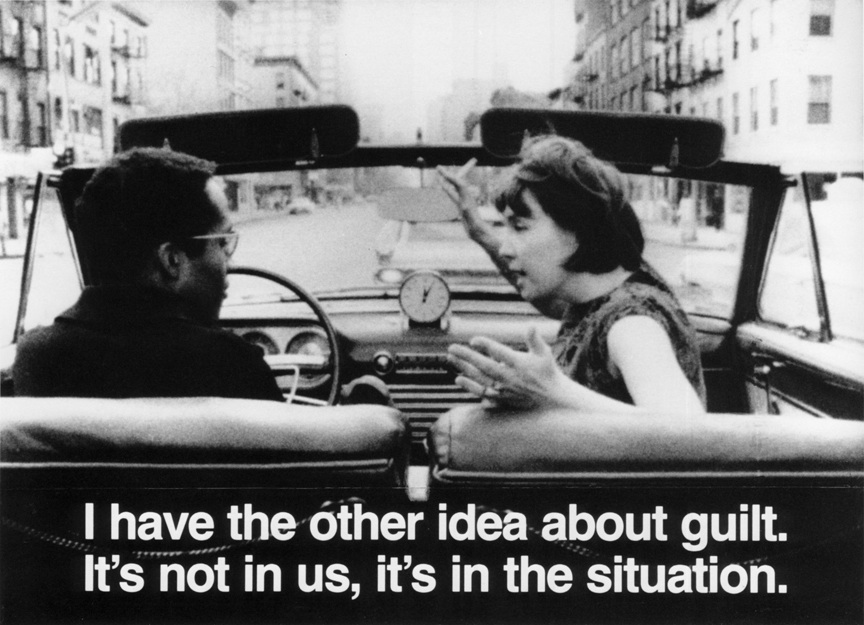
In a letter to his friend and collaborator, the poet Frank O'Hara, Leslie writes: 'We will shoot for two SEPERATE LEVELS on the film. One is the VISUAL, the other the HEARD & the spectator will be in TWO places or more SIMULTANEOUSLY. NOT AS MEMORY BUT AT THE SAME MOMENT. PARALLELISM! MULTIPLE POINTS OF VIEW!'
It is a blueprint for The Last Clean Shirt in which a man and a woman take a car ride through the streets of downtown Manhattan. A clock on the dashboard foregrounds the fact that the film is a single shot. The woman speaks in double-talk Finnish, interpreted by the beautiful and brilliant story told via O'Hara's subtitles that run throughout. (more)
The Last Clean Shirt is a rarely-screened film that has become even more intriguing and thought-provoking with the passage of time. A young black man and white woman get in a car at Astor Place, tape an alarm clock to the dashboard, and start driving around as the woman yaks in an unknown language. This action is repeated three times, each segment featuring a different subtitled stream-of-consciousness narration by poet Frank O’Hara. Predating the rise of structural filmmakers like Michael Snow and Hollis Frampton by several years, Leslie’s film anticipates later avant-garde interest in the limits of cinematic form. Snubbed by critics and booed by audiences . . . at the 1964 New York Film Festival, The Last Clean Shirt was considered audacious and excessive in its day. During a run at the New Yorker, one crowd hounded the owner of the theater so badly that he was chased out of the building and hid in a dumpster. (more)
The Last Clean Shirt was even more avant-garde or visionary than critics were able to see at the time: it is not merely a film but a new form of work of art, a new literary object, in the wake of the simultaneous poem (Blaise Cendrars). One might then wonder how the film goes beyond simultaneity in the mapping of a new artistic space created between images and words . . .
The film betrays the concerns of the painter: lines, planes and dimensions are carefully organized on the screen and enter a field of tension. The spectator can see vertical lines: the characters, the street, the buildings, the windshield frame and the hands of the clock. Horizontal lines also come into play: the subtitles, the upper part of the seats and of the windshield and a series of small horizontal lines can be seen on different parts of the screen.
Circularity also finds its place with the clock, the wheel and various buttons on the dashboard of the car. There seems to be no depth, no relief whatsoever on the screen. It is as though Alfred Leslie went back to the early years of cinema to show us that what we take for granted i.e. verisimilitude, lifelikeness, 3-D relief are but a construct, an illusion. (more)
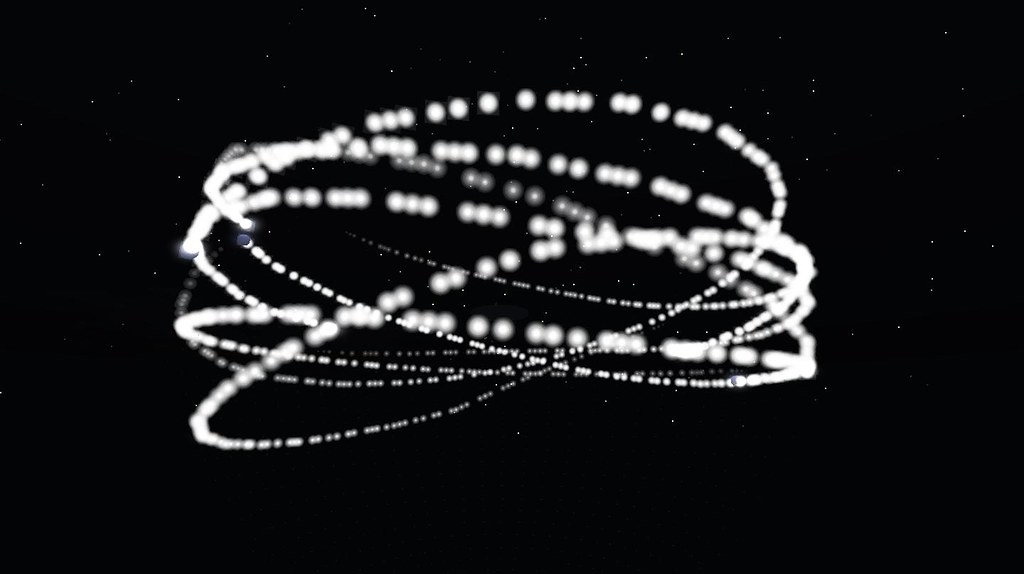




Social media has drawn together a group of international artists to New York for Aequitas, an exhibit of art based on childhood experiences.
Artspace OSA in New York City and the virtual community of Second Life will host a joint exhibition of international artists: paintings, digital work, and virtual world installations during the month of June 2009.
Artists can be a solitary lot but with the advent of virtual worlds and web 2.0 they are finding each other and communicating in the way they know best: making and exhibiting art together. This disparate group of artists, having never met face to face, nevertheless finds a common ground in exploring their childhood for art. Sowa Mai, also known as the artist Stephen Beveridge, conceived and planned this exhibit as an extension of the relationships he had formed in the Second Life virtual world with artist/avatars from different time zones and cultural backgrounds. The exhibit in Washington Heights, New York City will display paintings and digital work by the human artists. An exhibit in the Second Life virtual world will consist of (art) installations and scripted objects by the human artists’ avatar counterparts. Both exhibits are based around the theme of mining childhood experience for art.
Dekka Raymaker Andrew MacLachlan Penumbra Carter Beth Olds Nebulosus Severine CM Pauluh Sowa Mai Stephen Beveridge David Ferrando Banrion Constantine Robert Garlick Elif Arat
Aequitas Artspace OSA June 1 – June 30, 2009 Reception Friday June 19th. 6:30-8:30 178 Bennett Ave @ 189th St, NYC 1 train to 191st Street | A train to 190th Street
Second Life Version Caerleon Art Collective June 26 – July 3, 2009 Reception June 26th. 6:30-8:30slpm
(slurl)
Contact: Stephen Beveridge 212 928 8351 SowaMai@gmail.com

Educational and cultural content will be exempted.
We may take into account whether apparent or reported adult content or conduct on a particular Region serves only an extremely limited or passive function, or an important educational or cultural function, and therefore would be appropriate for all Second Life audiences.(read more)
Content is flagged as Adult in two ways:(read more)
Use of adult keywords in names and descriptions
Location on an Adult region